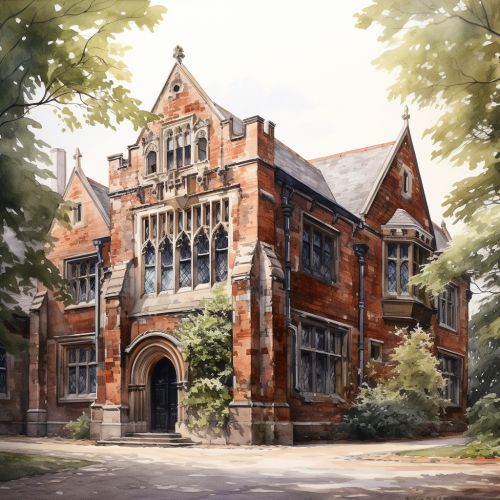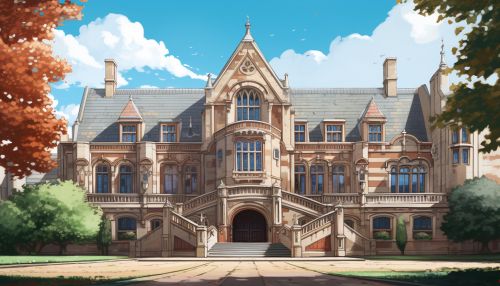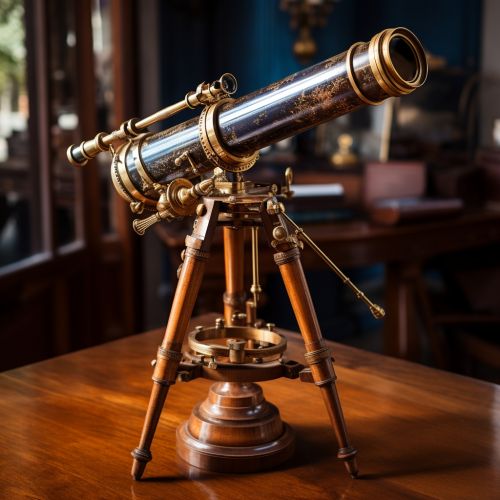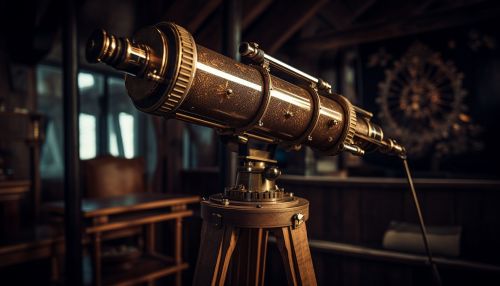Arthur Eddington
Early Life and Education
Arthur Stanley Eddington was born on December 28, 1882, in Kendal, Westmorland, England. His father, Arthur Henry Eddington, was the headmaster of a local Quaker school, and his mother, Sarah Ann Shout, was a homemaker. He was the eldest of three children. His father died when he was just two years old, leaving his mother to raise him and his two siblings alone. Despite these early hardships, Eddington excelled academically from a young age.
Eddington attended Owens College, now known as the University of Manchester, where he studied physics and mathematics. He graduated with first-class honors in 1902 and was awarded a scholarship to Trinity College, Cambridge. At Cambridge, he studied under the renowned mathematician Alfred North Whitehead and earned his master's degree in 1905.


Career and Contributions to Astrophysics
Eddington began his career as a senior demonstrator in the Cavendish Laboratory at Cambridge, where he worked under the physicist J. J. Thomson. In 1906, he was appointed chief assistant to the Astronomer Royal at the Royal Greenwich Observatory, a position he held for six years.
In 1912, Eddington returned to Cambridge as the Plumian Professor of Astronomy and Experimental Philosophy and the director of the Cambridge Observatory. He held these positions until his death in 1944.
Eddington's most significant contribution to astrophysics was his work on the theory of relativity. He was one of the first scientists to understand and promote Albert Einstein's theory of general relativity in the English-speaking world. His observational confirmation of the theory during the solar eclipse of 1919 brought him international fame.
Eddington also made significant contributions to the understanding of stellar structure and the internal constitution of stars. He developed the first complete theory of the structure and evolution of stars, which included the concept of energy generation by nuclear fusion. His work laid the foundation for much of modern astrophysics.


Personal Life and Legacy
Eddington never married and lived a relatively private life. He was a committed Quaker and pacifist, and his religious beliefs influenced his scientific work. He believed in the unity of the physical universe and saw his work as a way to understand the mind of God.
Eddington died on November 22, 1944, in Cambridge, England. His contributions to astrophysics and his popularization of the theory of relativity have left a lasting legacy in the field of physics. The Eddington limit, the natural limit to the luminosity of stars, and the Eddington number, a dimensionless number used in radiation transport calculations, are named in his honor.


